 |
||||
|
|
||||
| Update 23 May 2007, test dive in Russian swimmingpool | ||||
|
Alexey Stekolshikow (Алексей Стекольщиков) has informed me about a very special rebreather, the Russian IDA72V. |
||||
|
||||
|
The original description of the unit can be found here |
||||
|
Alexey made his own recreational rebreather with the use of parts from different rebreathers. He used the IDA-72V as the donor unit and added parts of IDA-59 and KIP-8 rebreather. He then made his own oxygauge from single parts and finally finished the unit by making it work as an selfmixing semiclosed rebreather. Please follow the steps and information he provided. The unit has some unique aspects and is very nice to read. The unit has to be tested for now but all looks nice and well! Alexey, I am really proud you allowed me to share this information with all the readers from my web. If someone wants to get in contact with Alexey please don't hesitate to send an email! |
||||
 |
||||
| This is the original unit IDA-72B | ||||
 |
||||
|
First stage - SCR conversion. |
||||
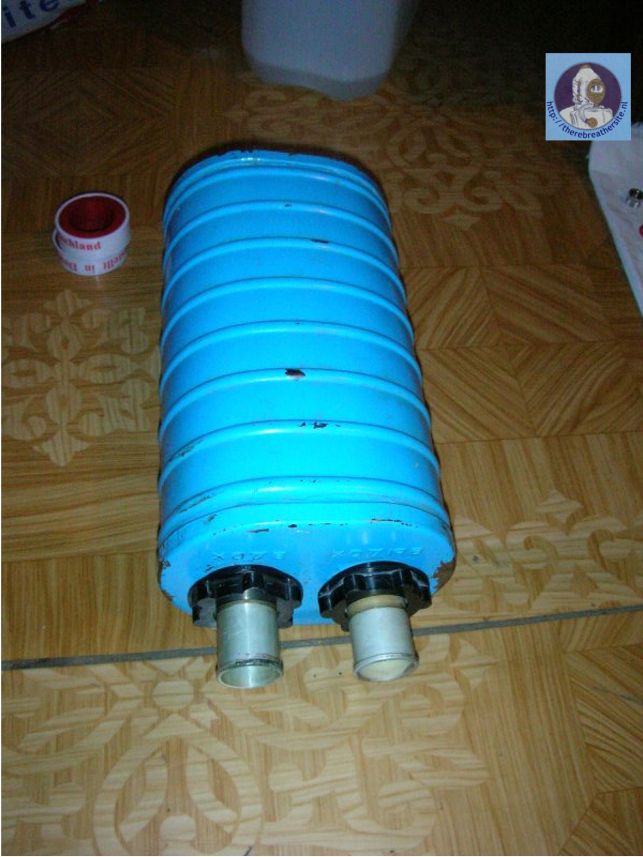 |
||||
| Here you see the IDA-59 scrubber with
KIP-8 hose fittings.
The Russian KIP-8 fire fighting rebreather is easily available and has
same threads on it's hoses adaptors. |
||||
 |
||||
| Overall view with IDA-59 scrubber
attached to IDA-72 breath bag via hand-made adapters. |
||||
 |
||||
| Here I removed the internally
installed original CMF parts, because they provide different flows from
different gas sources - 8...12 l/min from umbilical supply, and 4...7 l/min
from internal supply. I made my own Constant Mass Flow valve with metering valves from Camozzi ( http://www.camozzi.com ) industrial pneumatic parts. |
||||
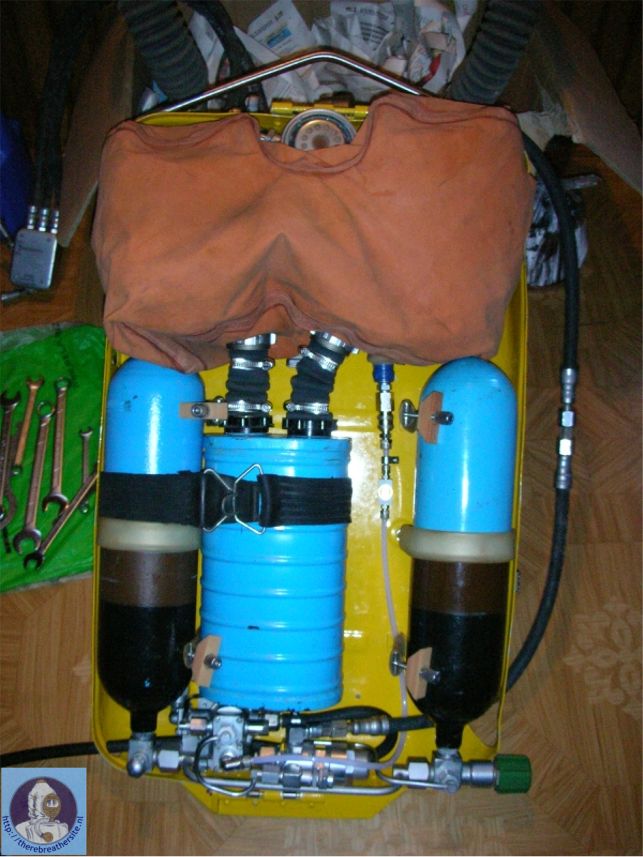 |
||||
Overall view with IDA-59 scrubber attached to IDA-72 breath bag via hand-made adapters, installed and calibrated CMF. Scrubber was fixed in place by rubber automotive spare wheel holder. |
||||
 |
||||
| Here are two flowmeters from medical
narcosis apparatus. Left - for Air 20 l/min, right - for Oxygen 10 l/min. I
use them to calibrate and check CMF. |
||||
 |
||||
|
Second stage - Oxygen sensor. |
||||
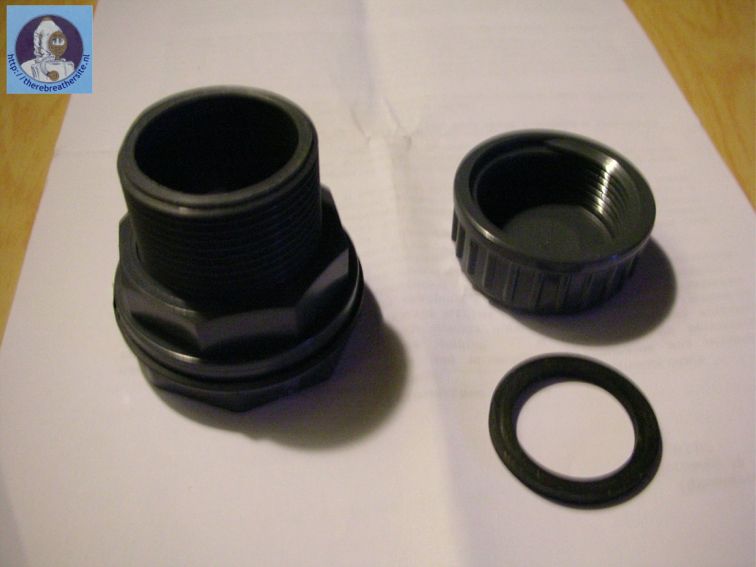 |
||||
| Assembled sensor case, case cap and case cap
flat O-ring. |
||||
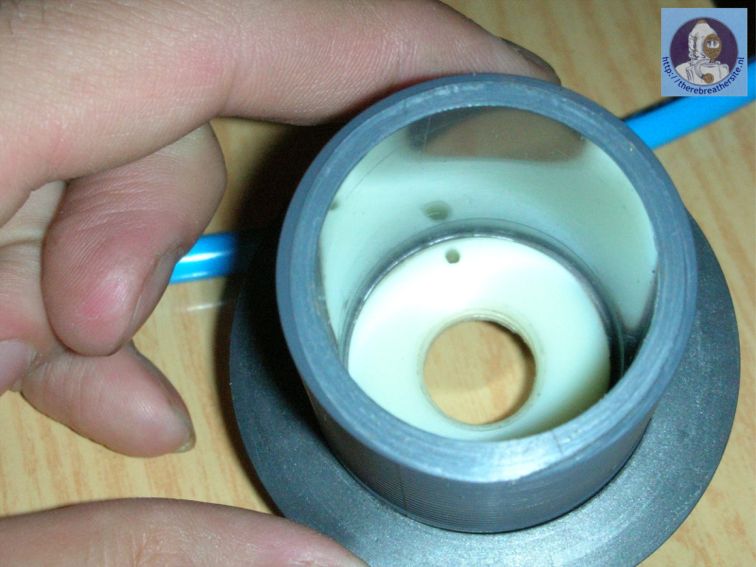 |
||||
| Case and sensor insert |
||||
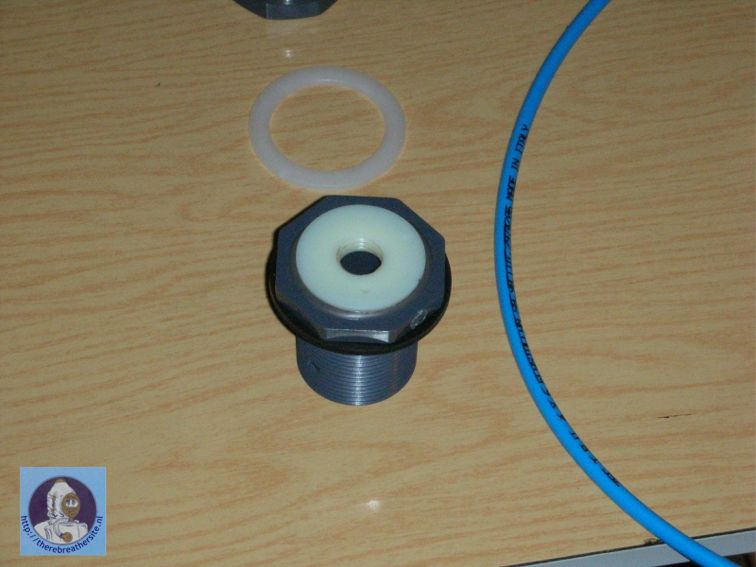 |
||||
| The other side shows the sensor holder
plate made in plastic. Clearly visible is the pressurisation hole on the left side in the thread. |
||||
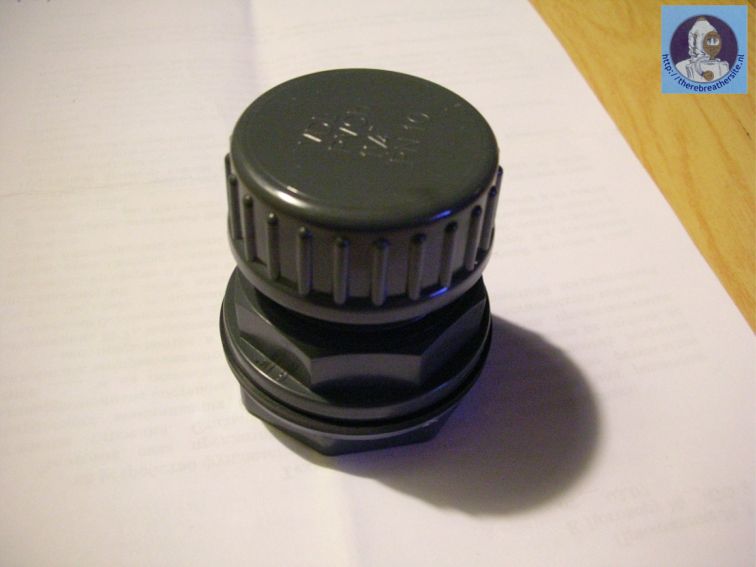 |
||||
| Sensor housing - fully assembled That looks good! |
||||
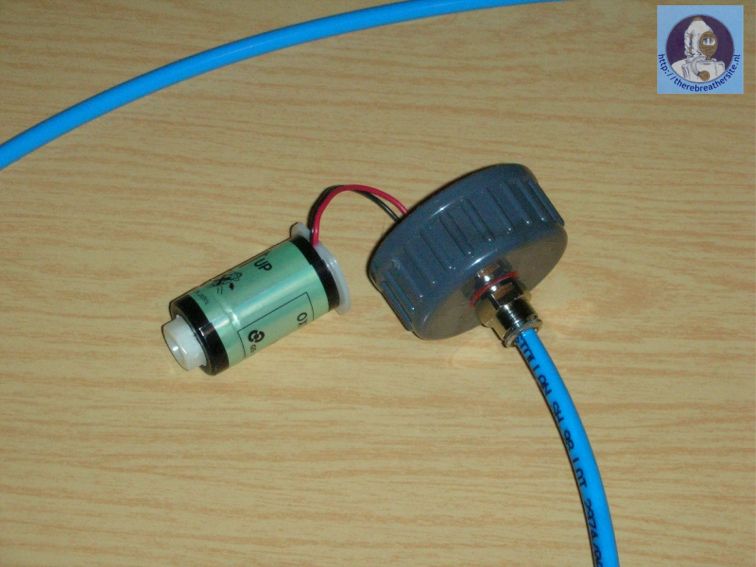 |
||||
| Oxygen sensor.
Special diving sensors are hard-to-obtain in Russia. |
||||
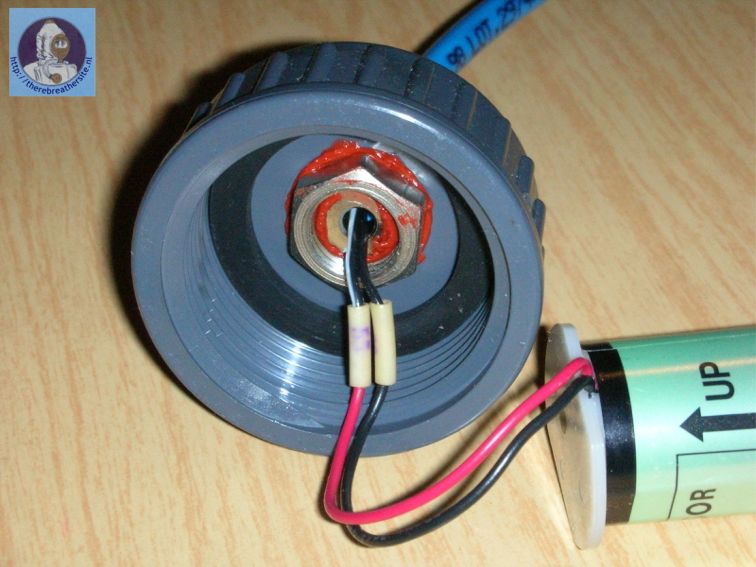 |
||||
| Sensor cap and wiring inlet. Wire was laid
in Camozzi PVC hose, because i want to pressurise indicator box from breath
bag. |
||||
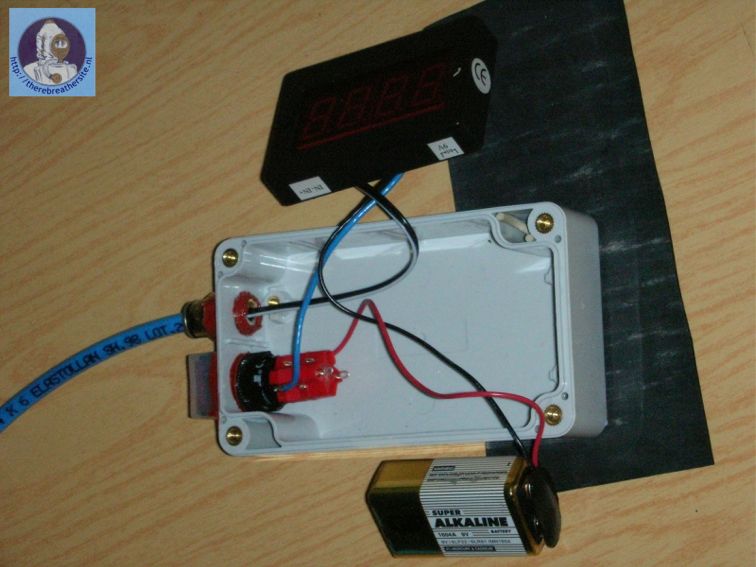 |
||||
| Handset - opened |
||||
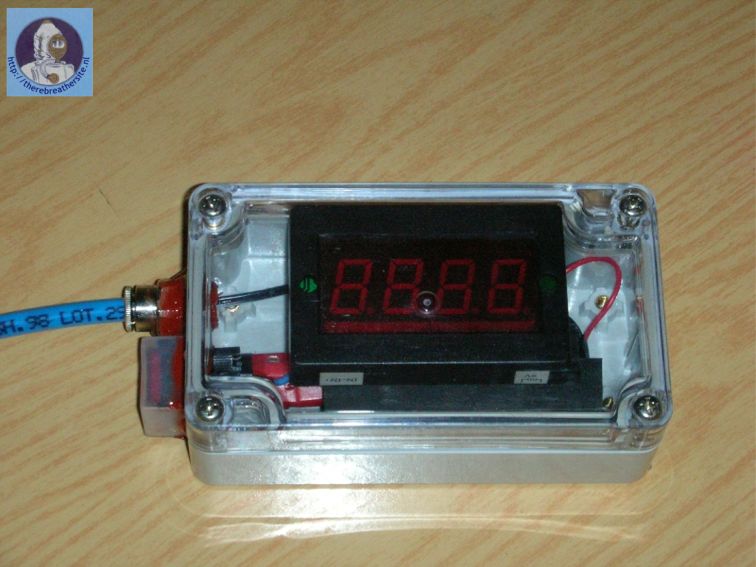 |
||||
| Handset - assembled |
||||
 |
||||
| Display and it's box. Digital read-out made
by Velleman PM-LED, power supply by 9 volt alkaline battery 6LF22, due to
supply current of PM-LED indicator - 60mA. Box - IP65 Gainta G203C (
www.gainta.com.tw ) Power switch -
unknown, Chinese made, with rubber cap. I checked the handset by placing it after the assembly into 0,5m deep water during 10 minutes. So, no leak in sight - job was done fine :) Quiet cheap device - overall cost .. less than $150. |
||||
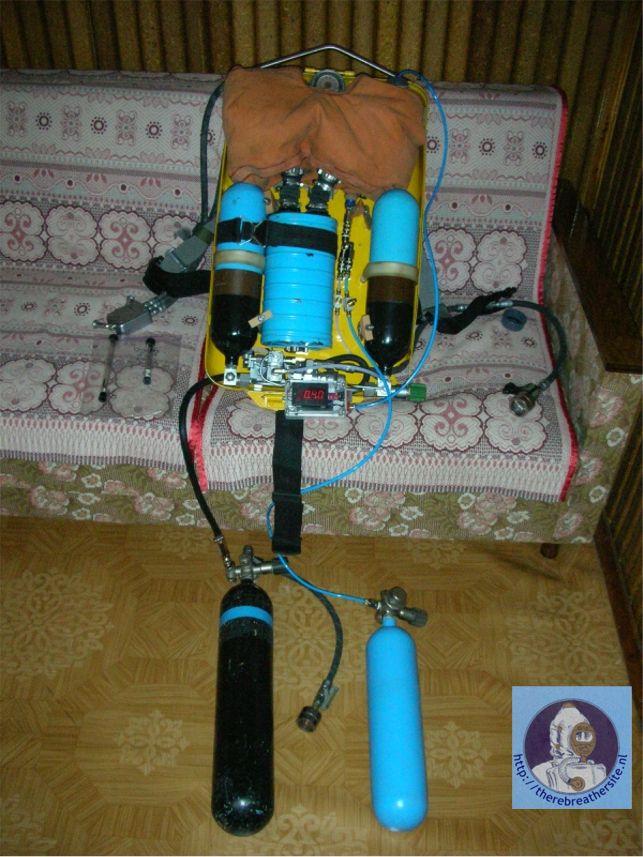 |
||||
| Third stage - SMG-SCR. (Self-Mixing Gas -
SCR) Nitrox was unavailable here in Russia, because ПВС-84 (Правила Водолазной Службы-84, PVS-84, Diving Service Rules by 1984 year), official naval diving rules, prohibits nitrox diving. Due to unavailability of Nitrox i try to develop some kind of Self-Mixing Gas - SCR. I think mixing in breath bag oxygen and air in proper amounts provide me nitrox. So, i test this. Two CMFs were set to 7.5 l/min air and 2.5 l/min oxygen, so by my opinion this must provide me with 10 l/min EAN40. After 3 minutes after opening the valves on oxygauge i see 0.40. Fine. So as scrubber was filled with sorbent, i doubly checks all parts, attachments, CMF settings, and so on. And 10 minutes of breathing by prepared in breath bag mix shows me that i breath by mix containing 33-34% of oxygen. No any signs of hypoxia or hyperoxia sighted. Now i wants to test this kind of rebreather in water, with support of my buddy, who goes on air-supplied OC. Clean view - rebreather, gas sources, oxygen sensor and flow meters. |
||||
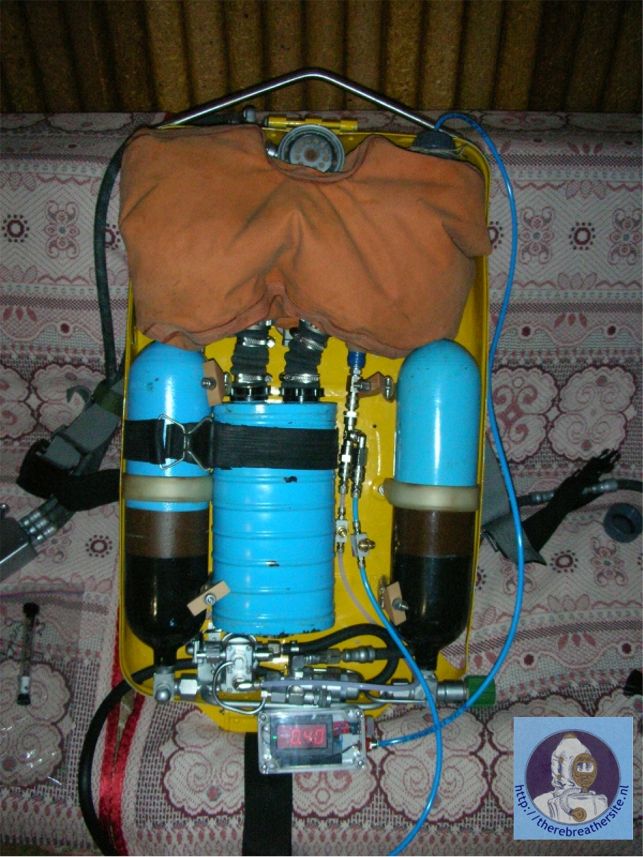 |
||||
| Clean view - mixer and CMF parts. All are
bought from Camozzi. |
||||
 |
||||
|
No internal gas sources were used in this test. I use two
external cylinders - black with blue stripe, 4l/200ati with air, attached to
umbilical supply port of IDA-72, and blue - 2,5l/200ati with oxygen,
attached directly to oxygen CMF, which was set to 2,5 l/min. |
||||
|
To answer eventual questions about "why not to use 300bar
cylinders and commercial 1st stages?" I would say that Russian 200ati
cylinders and IDA-59 stages are quiet cost-effective. 300bar 7l Faber
cylinder cost here is about $200, and 1st stage cost is about $150. So,
IDA-59 valve-stage cost was about $30 and 4l 200ati cylinder costs $40. So,
internal 4l/200ati plus external 4l/200ati offers me 1600 litters of air,
that was enough to at least 3 hours with 7,5 l/min feed. Also 2,5l 200ati O2
cylinder can feed me with oxygen up to 2,5 hours with 2,5 l/min feed. Enough
to evaluation purposes? |
||||
| Thanks Alexey! | ||||
|